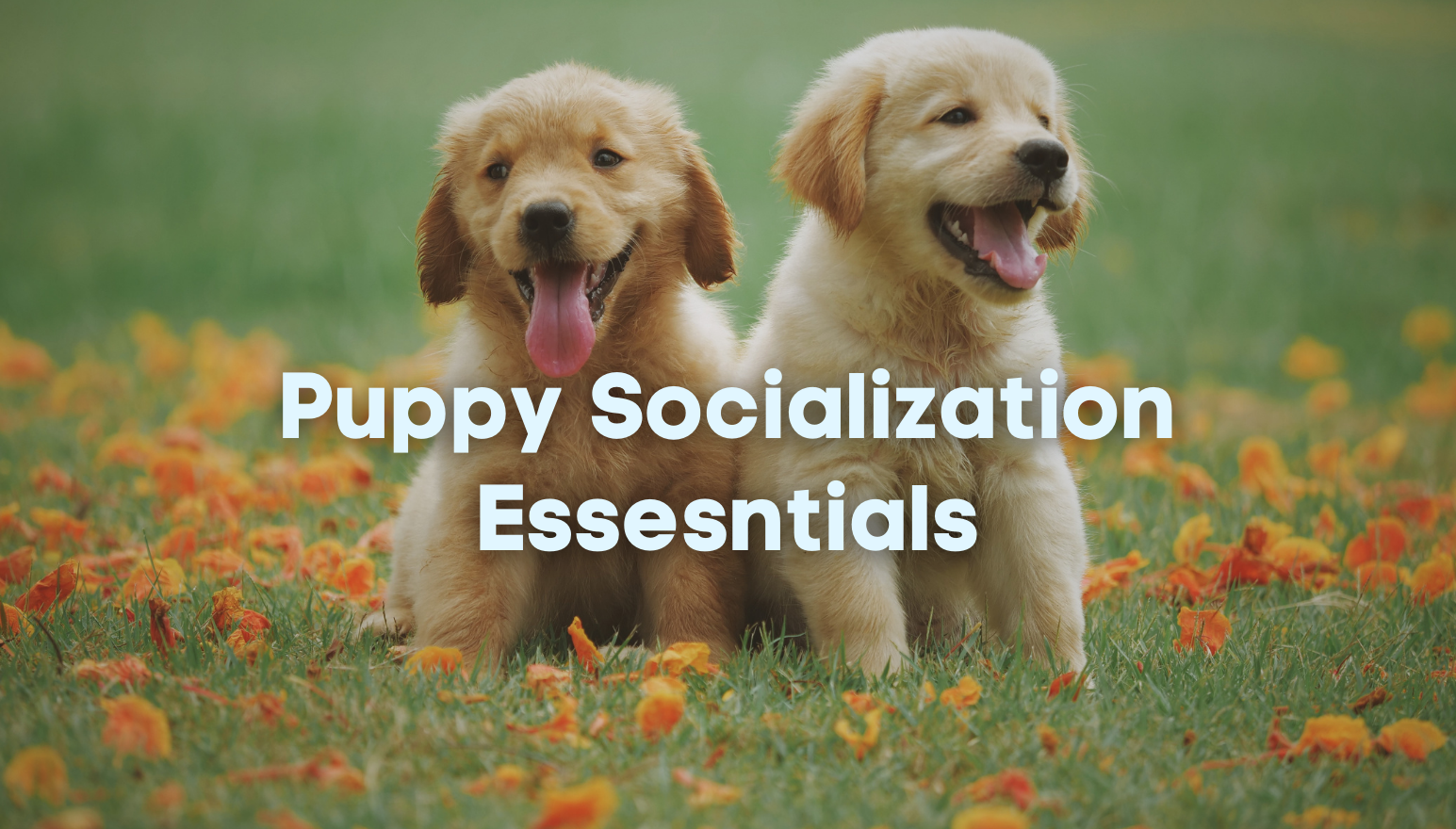by Eileen Anderson

In the term positive punishment, positive doesn’t mean “good” or “upbeat.” In learning theory usage it means the type of punishment in which something is added and a behavior decreases. The added thing is something the animal wants to avoid. If every time your dog sat you shocked her, played a painfully loud noise, or threw something at her, your dog would likely not sit as often. Those things I mentioned would act as “aversive stimuli.” If the dog sat less after that, then punishment would have occurred.
There is another type of punishment called negative punishment. It consists of removing something the dog wants when they do something undesirable. I’m not discussing that type of punishment in this post. For the rest of the post, when I refer to punishment, I am referring to positive punishment.




